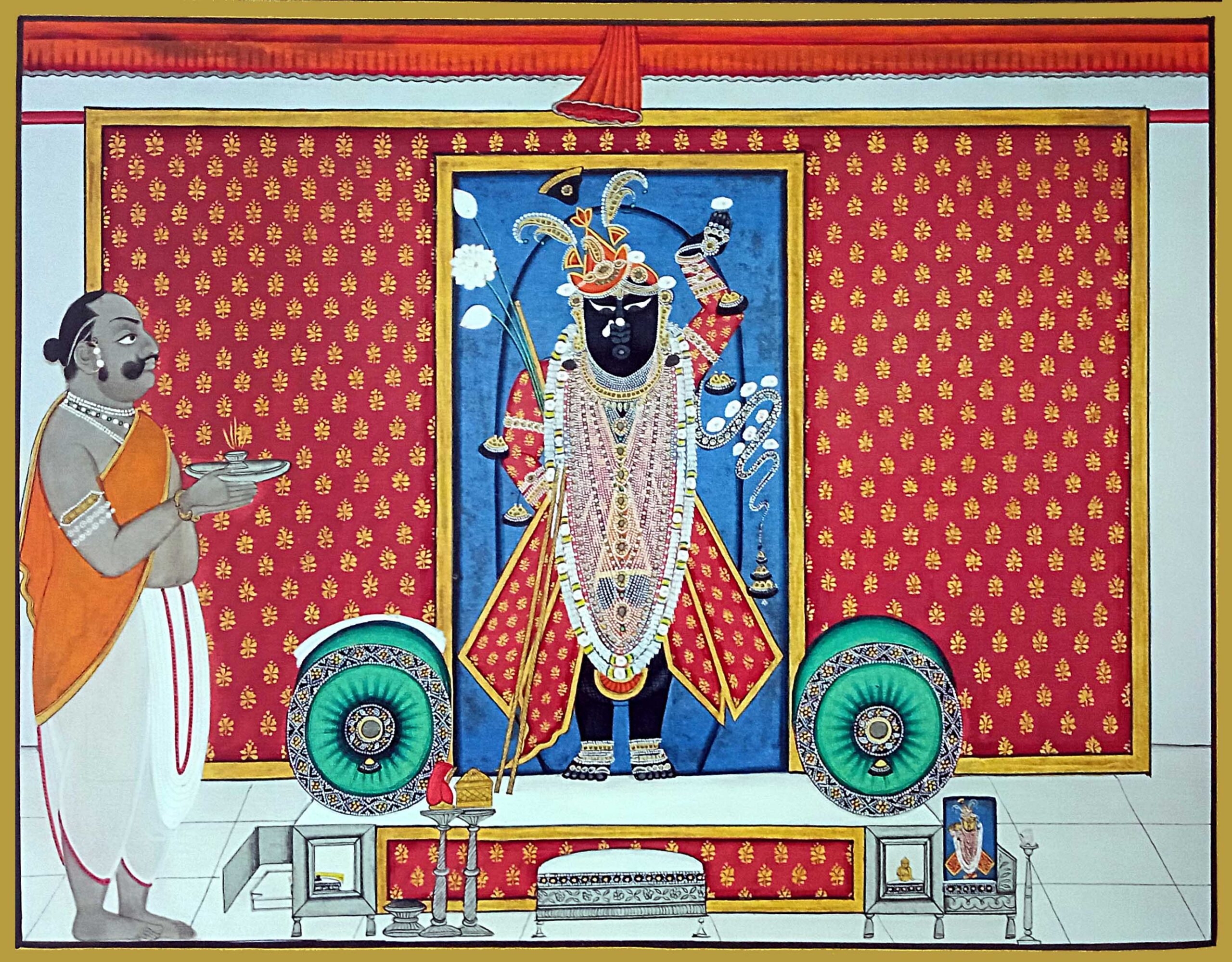
Usha Aroor
COOKING ,THE ART AND THE ARTIST
Reviving the age old art of appeasing the taste buds and the soul, the book ‘The Konkani Saraswat Cookbook’ by Asha Philar is more than just a cook book. Flavoured with memories and illustratedwith ample number of images and precise details,this book aims to inspire genuine interest in the artof cookery in a take-out dependent world, reviews, In the film Ratatouille, the food critic Anton Ego visitsGusteau’s to scare the wits off Linguini and his kitchen team. He is served—as he wants—a plate of ratatouille. Ego castsa malevolent eye round the room and, displaying his mean intentions in his smile, eats a morsel of the food. The cameraexplodes to Ego as a child, poor and hungry, entering the housewhere his mother stirs the life-giving ratatouille. Ego’s childhoodmemory comes flooding back as he sits at Gusteau’s, as if hit by
a lightning bolt.
Food is about memory, often rooted in childhood. The mix of food-making is also complex. It is so obviously about
literals—chemistry, physics, measurement and proportions. It also rests on tradition and age-old practices. But, in the making, it becomes art. Asha Philar’s The Konkani Saraswat Cookbook grew out of a wish that a cookbook should bring all aspects together, in eachrecipe. The cuisine has a whole-earth approach with its carefully explained use of vegetables, fruit, roots, shoots, leaves, seeds andpeels. It covers the range from breakfast food and main meals—rice, vegetables, pulses—to salads, chutneys, desserts and sweets, store-cupboard snacks, pickles and preserves, traditional food
for babies and new mothers, dried-and-stored food (pappads,vadis), home remedies and fish.The book also aims to be a kind of reader, not ‘just’ a cookbook. There are personal stories, meant to help us remember that the artof cooking is not only that you make horsegram saar for lunch,but that the recipe has been passed down across generations.Traditional food across the world is about taste as well as health,and we learn this as we use the book. Many recipes have a setting
of food-history. Recipes explain processes in detail. In picklemaking, for example, the text stops to describe the look, texture,colour, temperature and the critical importance of these. In prerefrigerationtimes, seasons directed, sometimes dictated, whatwas possible to make, and the book tells us how resources were gathered, stored and used over the season. The book has an enabling approach with variations and alternatives suggested in such a way that our culinary imagination is stimulated and we develop our own versions of the recipes. The following are examples of some features of the book which aim to give it more dimension:Preserving aspects of classicity:‘Cover the jar tight with a lid. On the fourth day, give themangoes a stir once or twice with a wooden spoon. You will notice that mangoes at the bottom have changed colour as the juice from the mangoes at the top trickles down. Continue the process of mixing over the next two days so that all the mangoes are steeped in salt.’ The importance of detail: ‘With the flame on medium-low, heat oil, add the chopped onions and fry until just turning a golden brown. (Do not fry them further.) Add the ground paste. Allow about a minute for the tamarind to shed its ‘raw’ smell.’ Time and timing: Bring the water to a boil, mix in the guud and stir until it dissolves. Add the chopped jackfruit pieces, and cook on medium heat until the fruit is soft. Now add the rice flour paste and stir constantly until the mixture thickens. This will take alittle less than a minute.’ Patience and hope in food-making, gaining confidence: ‘It is hard work making it [Rice Noodles/Shevain] but at the end

